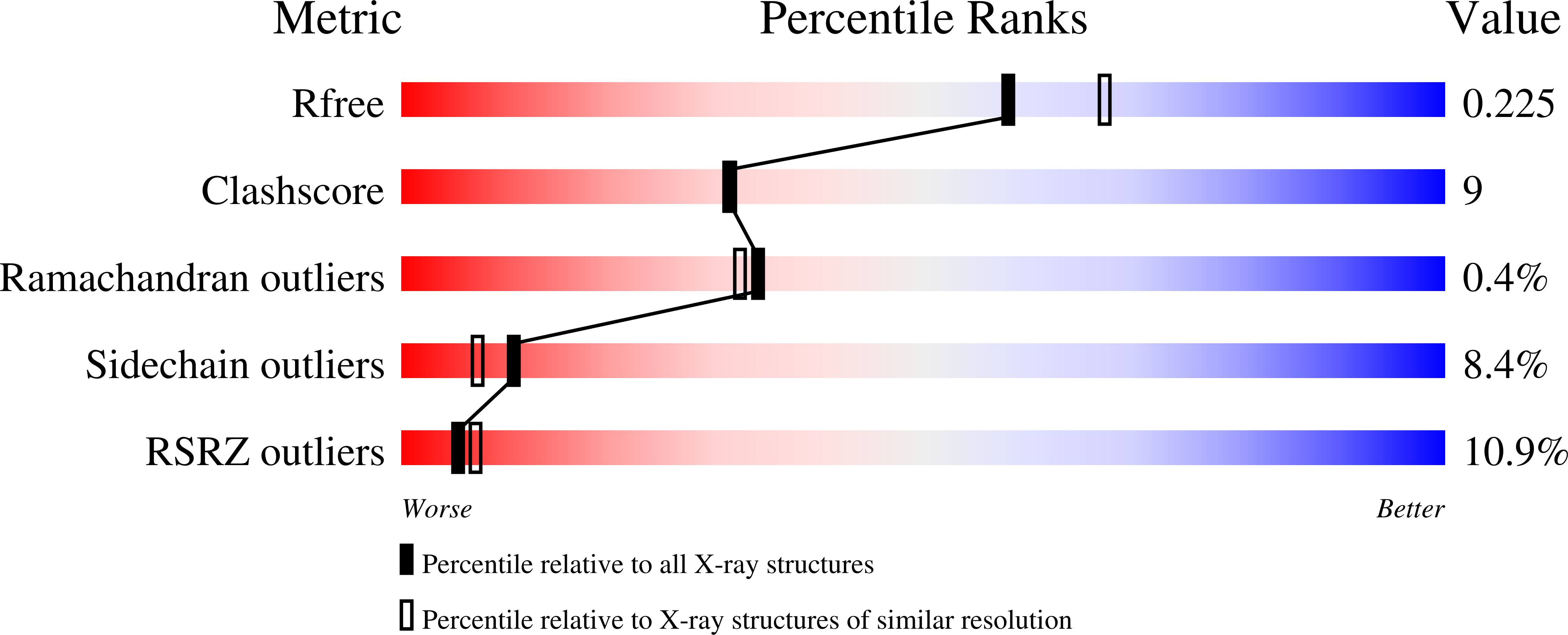
Deposition Date
2004-07-27
Release Date
2005-07-26
Last Version Date
2023-08-23
Method Details:
Experimental Method:
Resolution:
2.10 Å
R-Value Free:
0.27
R-Value Work:
0.21
R-Value Observed:
0.21
Space Group:
P 21 21 21


